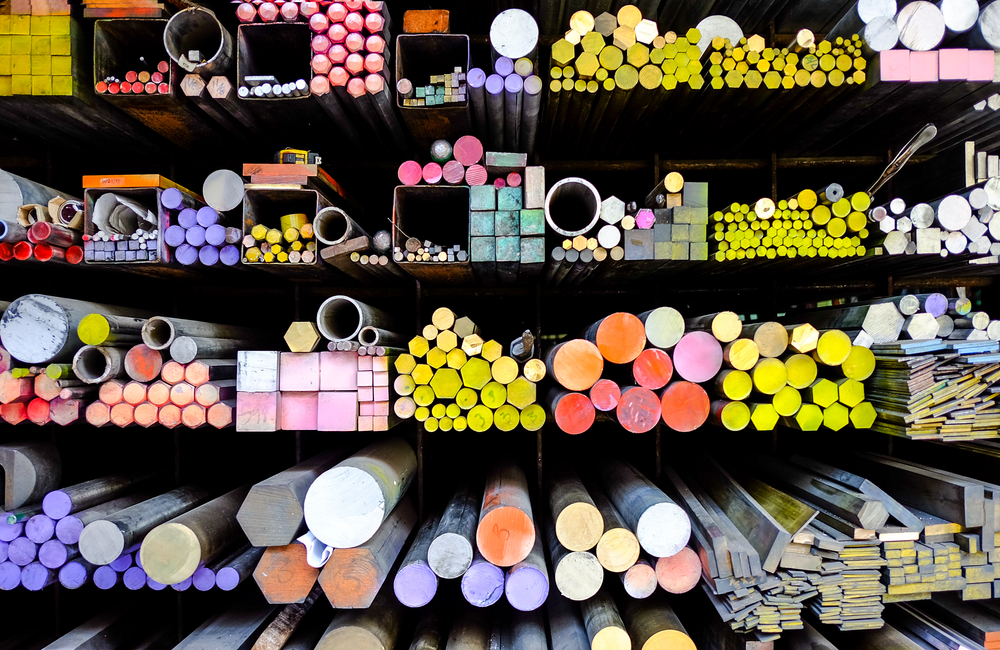While supply chains and processes vary widely across industries, there is one thing they all have in common: A desire to stay focused on maintaining profit in an unpredictable economy. With COVID-19 changing the way we do business across all verticals, smart companies are looking for how to optimize efficiency and production.
To follow their lead, here are two ways choosing the wrong manufacturing materials can decrease efficiency, cost more in the long run, and bring production to a standstill.
1. You don’t factor in the cost of downtime
In many cases, production managers don’t consider weighing in the cost of downtime when determining the quality of materials they use. Since rubber seals are used by most industries, the longevity, maintenance and quality versus initial purchase price should be at the forefront of budgeting operations.
When choosing between an on-shore supplier with slightly higher prices and an off-shore one that’s cheaper, the best choice might not be so obvious until you do the extended math. It’s important at this step to consider the cost of purchasing the product as one factor among many. While the initial cost might be higher, if the material’s quality is better, you’ll get a longer life out of it and decreased maintenance cost to replace it or repair it.
This is especially important when it comes to the use of rubber seals in the manufacturing process. As a necessary component within each of the top-10 manufacturing sectors slated for projected positive job growth, rubber seals are used to maintain structural integrity for everything from medical devices and pharmaceutical production lines to aircraft and car engines. When these seals break due to poor quality or are unavailable due to supply chain issues, it can mean an entire stop to production for hours, days and even weeks. Ultimately, this downtime could end up costing far more than what was saved in the initial purchase.
2. You have a bad source
The quickest way to reap the costs of downtime due to low-quality materials is to choose the wrong suppliers in your supply chain, including suppliers of rubber seals and o-rings. In contrast, an equally quick way to ensure production optimization is to find the right supply chain partners who will help your business succeed. In fact, 79 percent of companies with high-performing supply chains achieve revenue greater than the average within their industries.
The best way to ensure you have a reliable, high-performing source is to establish a relationship with them and ask the right questions. This is difficult to do with overseas suppliers or online suppliers who have flooded the marketplace with inferior products. Add to that the additional costs that shipping from long distances incur. Then there are the hidden tariffs, restrictions, costs and delays that are common with overseas suppliers.
Protect Your Bottom Line With a Reliable Supplier
Simply put, a solid relationship with a reliable supplier on U.S. soil can save your budget and help keep your company out of the red. The best news is that you’ll find many reasons why keeping your supply chain close will benefit your bottom line and business reputation.




